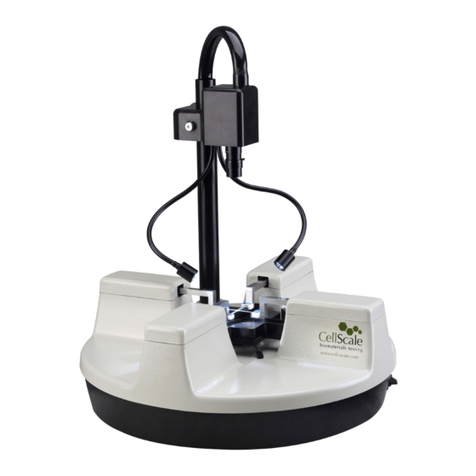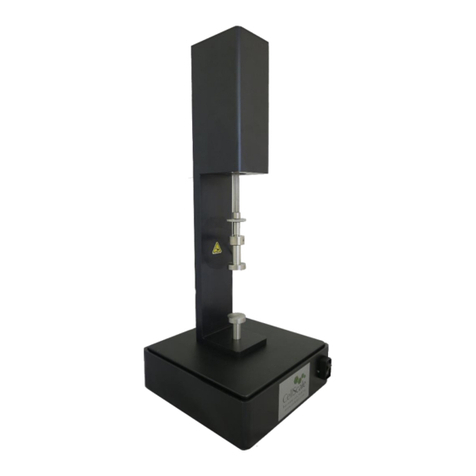Configuring the Live Charting Graphs ....................................................................................... 23
6. Reviewing Test Results.......................................................................................................... 25
Overview.................................................................................................................................... 25
Selecting Images........................................................................................................................ 26
Image Playback Options............................................................................................................ 26
Image Tracking: Overview ......................................................................................................... 27
Image Tracking: The Points Display Option .............................................................................. 30
Image Tracking: The Displacement Option ............................................................................... 31
Image Tracking: The Strains Option.......................................................................................... 32
Data Overlay.............................................................................................................................. 33
Exporting Tracked Data ............................................................................................................. 34
Exporting Images and Movies.................................................................................................... 35
7. System Hardware Settings..................................................................................................... 36
Controller.................................................................................................................................... 36
Camera ...................................................................................................................................... 36
Load Cell.................................................................................................................................... 37
Actuator and Motor .................................................................................................................... 38
Temperature............................................................................................................................... 38
8. System Calibration and Advanced Tools ............................................................................... 40
Load Cell Calibration.................................................................................................................. 40
Alternate Method.................................................................................................................... 43
Zero Position Calibration............................................................................................................ 45
System Stiffness Compensation................................................................................................ 48
Snap Image Feature .................................................................................................................. 51
Update Firmware........................................................................................................................ 51
9. Troubleshooting...................................................................................................................... 52
Communication Errors: Read File failed with error 6................................................................. 52
Actuator Limits ........................................................................................................................... 53
Appendix A: Unpacking and Initial Setup ...................................................................................... 56
Tools .......................................................................................................................................... 56
Components and Fasteners....................................................................................................... 56
Appendix B: Load Cell Installation................................................................................................. 63
Appendix C: Software Installation.................................................................................................. 65
Appendix D: Test Setup................................................................................................................. 71
Choosing and Installing a Riser for the Bottom Grip, Platen, or 3 Point Bend Block ................ 71
Tension Test Setup ................................................................................................................ 73
Compression Test Setup........................................................................................................ 76






























